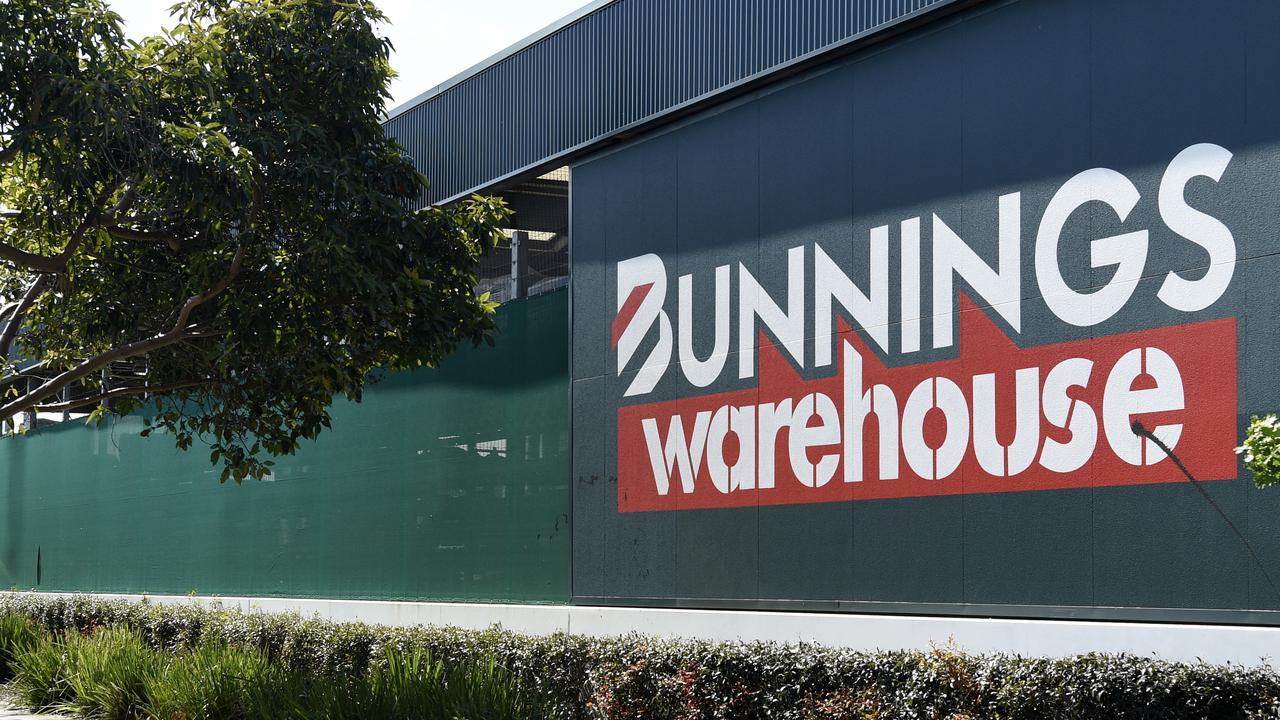Seven signs a suburb is so hot right now
NOT even loud swearing yobs, drunks wandering the streets or dumped curbside furniture can hold back Sydney's skyrocketing property prices.
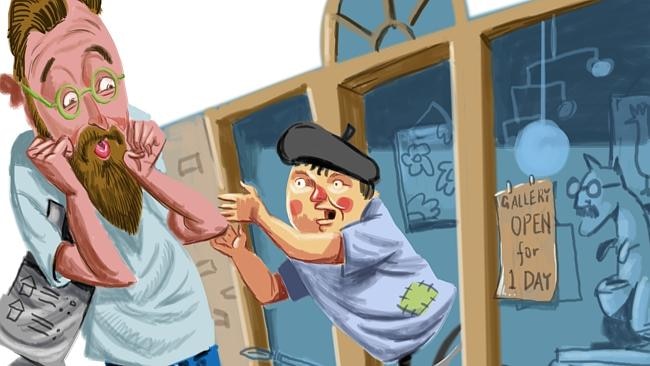
NOT even loud swearing yobs, drunks wandering the streets or dumped curbside furniture can hold back Sydney's skyrocketing property prices.
In a city-fringe neighbourhood at the weekend yet another "off-the-plan" apartment block launched and despite an off-putting combination of the aforementioned, nothing seemed to deter potential buyers.
They ignored the alfresco argument with fruity language taking place in front of the sales office and promptly put down their deposits. The price to get a slice of this inner city building? A whopping $525,000 for a one-bedroom unit without parking (however, urban street theatre comes complimentary).
So if property prices are booming across these once undesirable addresses, surely any neighbourhood has the potential to be the next "hot" suburb.
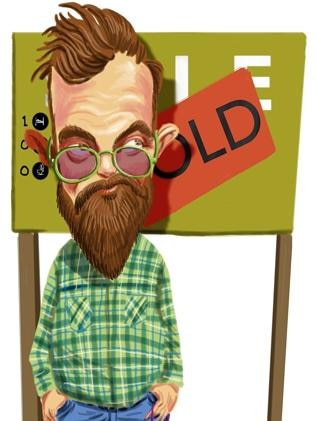
Lumberjack chic and skinny jeans
The first sign a suburb is heating up begins with fashion. But it's not about stylish boutiques or even Devil Wears Prada princesses parading down the main street (they are the late comers to 'it' suburbs). No, it all begins with the Yipster.
Part Yuppie, part Hipster, these urban dwellers are real estate truffle pigs. Somehow they can sniff out where the next cool neighbourhood is forming and start to plant their seed.
If, when driving around Sydney on a Saturday morning, you can see a crowd of Yipsters (collective noun: an iPod) milling around buying coffee with a satchel in one hand and a French bulldog in the other then you know the area is gaining property price momentum.
For the uninitiated, you can spot the Yipster men by their bushy beards, checked shirts and skinny jeans or the ladies by their 1950s headwear and 1880s boots.
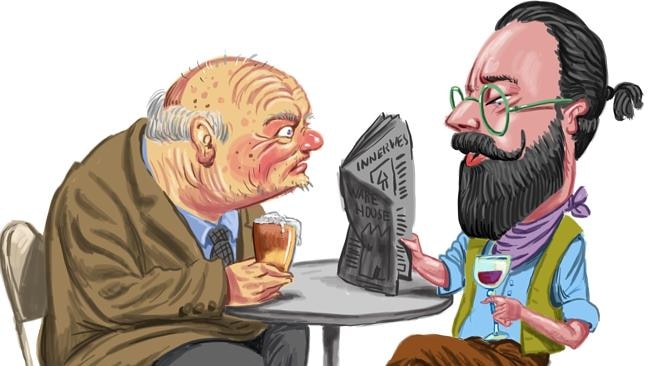
Old boozers become wine bars
Once upon a time, even pubs in the now pricey suburbs of Paddington and Surry Hills had toothless patrons, smelly beer-drenched carpet and bowls of day-old peanuts on the bar. As real estate legend has it, when an old boozer changes the peanuts for olives, gets a wine list and puts pear cider on tap it's only a matter of time until property prices start to climb. It is also important to not to forgot the interiors. Cigarette-stained walls will be replaced with Florence Broadhurst wallpaper and the toilets will become unisex. Even in suburbia local pubs can be brought into the equation. When the mega club down the road replaces the resident Bon Jovi cover band with a You Am I tribute act, or even original music, then there is a whiff of gentrification in the air.
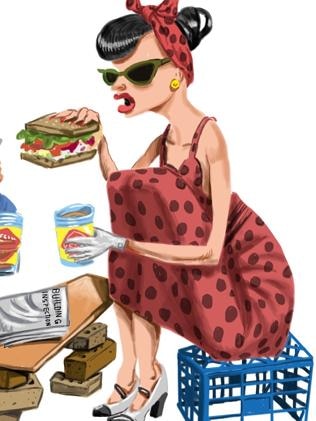
The cafe furniture factor
It is a simple theory. The more uncomfortable the cafe furniture, the more chic the coffee shop and therefore, by osmosis, the hotter the real estate in the neighbourhood. Any suburb can have cafes with "alfresco dining" but a truly hip neighbourhood cafe will forgo a chair with back support and cushioning for a dirty old milk crate and an ironing board for a table. The St Vincent De Paul-inspired interior design tips don't stop there, to fulfil the picture drinks are served in old jars and forget plates, an old chopping board for your $25 sandwich will do just fine. The cafe furniture factor can be witnessed across Sydney in eateries from Potts Point to Penrith. Plain old fish and chips become "grilled calamari and wedges with a light rosemary salt dusting" and the local burger joint ditches the beetroot, mince and mayo in a bun for" Wagu grain-fed beef with rocket and aioli sliders".

Pop up culture pops up
The coolest urban areas are the ones with desolate pigeon-infested warehouses, or derelict old corner stores, didn't you know? It's true that one day soon these haunted factories and former fish and chip shops will become million-dollar apartments, but the first sign they are going to be cool real estate is the pop up gallery. If the uni-students think it's good enough to show their final year visual art project of a ball of string stapled to an old phone book, then one day they'll be nostalgic enough to call the neighbourhood home. And this culture shock is taking shape far and wide. A clue for suburbanites seeking neighbourhood improvement can be found at the nearby cinema. When there is a little less Big Momma's House 7 and a few more foreign films with subtitles then transformation has begun.
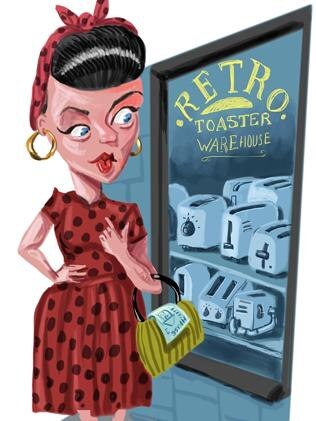
The inconvenience store
Traditionally, a sought-after neighbourhood had a corner store where locals could buy a loaf of bread (with gluten) or a carton of milk (full cream). But the emerging chic neighbourhood can be identified by the sudden appearance of "inconvenience stores". These shops are the random specialist shop for 1950s telephones, or the boutique dedicated to imported scented candles. Surely if the shop owners have done their homework and decided that outdated household appliances or unnecessary domestic accessories will boom in the suburb, then you too should have faith that real estate prices might behave handsomely also.
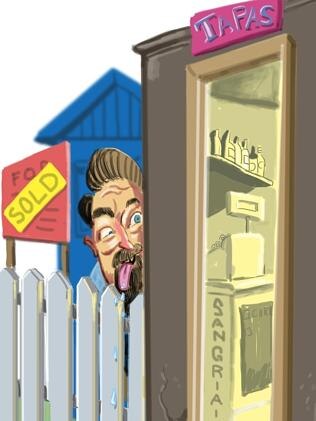
A Mexican wave
There must be an as yet unpublished mathematical equation that would explain just how many Mexican restaurants it takes to build a cool neighbourhood. It seems that cashed up inner city urbanites will not drop decent amounts of cash for an "over-sized" studio apartment with no parking, unless it is within spitting distance of a good taco.
Take a look at some of Sydney's booming real estate prices, walk 10 paces and there will be a Mexican restaurant to sit in at sunset with a $40 bottle of sangria.
If a Mexican restaurant can't be found in your local neighbourhood, then it could easily be substituted with a tapas bar, or even a burrito joint in the local mall - it all starts somewhere.
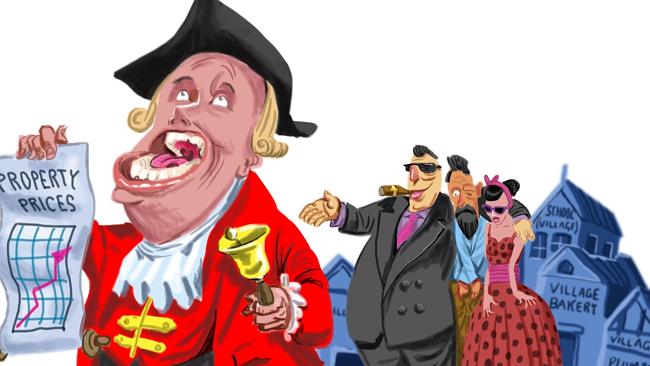
Village people
And finally, when all other boxes have been ticked, you have yourself a desirable neighbourhood where yuppies, hipsters, yipsters or DINKS will pay top dollar. But the final clue that a suburb will be coveted by cashed up buyers is the ad. Sure, a house might be described as being "just minutes to the CBD", deafeningly "close to trains" or even in a far-flung land release with the words "ponds" "waters" or "lakes" in the title, but most significantly the real estate ad will declare the property as being "in the heart of the village".


